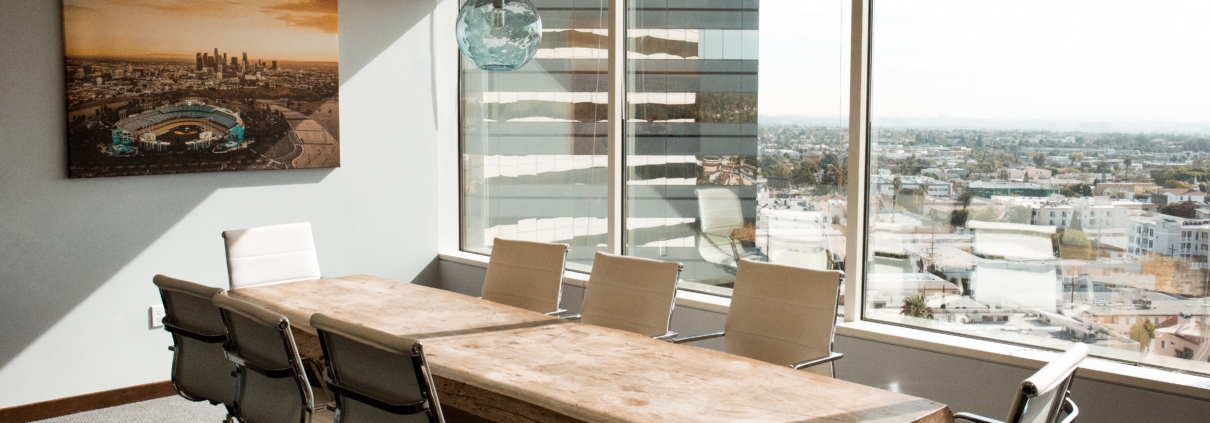Returning to Work From Remote
Shifting to a remote workforce is no longer a prediction for the future — it’s our reality. The COVID-19 pandemic has thrown a wrench in millions of lives all over the world and put the American workforce’s evolution in overdrive. As states entered emergency shutdowns and social distancing, nearly 7 in 10 employees started clocking in from home. While some companies made the change permanent, others were just waiting for the all-clear to have employees fill their offices again.
As of October 2020, 40 states have officially reopened or are in the process of reopening, with only 10 states and Puerto Rico reversing back into lockdowns. Reopened states means reopened businesses and, in turn, employees returning to work. Despite state officials giving the green light, do employees feel safe reclaiming their spot in the office or would they prefer to work remotely indefinitely?
A Return to Normal, Safely
A recent study by Office Depot shows the workforce may be farther along in the return to “normal” than some think, and employees are surprisingly happy about it. The study found that 67.4% of employees had already returned to work, and 56.2% of those who hadn’t were looking forward to doing so. On the other hand, only 26% of employers intended to keep their employees working from home indefinitely, despite major companies like Microsoft, Indeed, Google, American Express, and Airbnb making the shift.
Tech-driven companies may have an easier time making the permanent shift to remote work, but allowing employees to work from home is only one way employers can protect their staff. For businesses that simply can’t make the transition to full remote work, it is the employers responsibility to make the workplace a safe space to return to.
Having hand sanitizer and Clorox wipes at the ready is sure to help workplace hygiene, but most employers took safety a step further. A whopping 83% of employers hired outside resources to conduct on-site assessments and benchmarking to ensure the workplace was safe for reentry. Once they determined the workplace was safe for business to resume, over 46% of employers purchased PPE for their employees and 27.5% did so for themselves, too. On average, employers spent nearly $650 on PPE to prepare for employees’ return.
Employers didn’t stop there, though. Following in the footsteps of 33 states and the District of Columbia, 63.5% of employers created mask mandates, requiring employees to wear masks at all times, except when eating or drinking. Over half of employers only required employees to wear masks when interacting with clients, while others only required masks to be worn during meetings or around clients and customers.
The CDC offers employers recommendations on how to keep themselves and their employees safe in the workplace, and social distancing and masks certainly top the list. But smaller changes, like encouraging hand washing and disinfecting the most trafficked surfaces can also do wonders to keep the workspace low risk. According to Office Depot’s study, the most common steps employers took to safen up the workplace were adding hand-sanitizing stations, frequently disinfecting workspaces, physically distancing employees, allowing flexible work schedules, and carrying out a workplace risk assessment.
While these precautions should be applied throughout the office for ultimate protection, there are certain work spaces that managers feel are more risky than others. Meeting and conference rooms top the list, followed by common areas, bathrooms, and break areas. Of course, the best way to mediate the risk is to limit the number of employees allowed in these areas at once, and increase the frequency of sanitation.
Split Sentiments
Employers taking extra precaution in making the workplace a safe place to return to certainly helps employers feel more ready to return, but what exactly do employees miss about the workplace the most? The survey found over 55% of employees were looking forward to seeing their co-workers again, while 42.5% missed their personal workspace and 37.3 craved the work-life balance that can be hard to obtain when working from home.
Nevertheless, over half of employees said they’d still prefer to work remotely, and would be willing to sacrifice vacation days to do so. Studies show working remotely has plenty of pros and cons, but according to nearly 60% of employers and over 62% of employees, the main benefit of remote work is the flexible hours it comes with. On the flip side, remote work limits face-to-face time and team connection — downsides of which have been painfully felt by millions during the pandemic.
Should You Stay or Should You Go
Whether your company has already brought employees back into the office or has transitioned to a remote working style, it’s imperative that employees tune in to their working needs and find ways to meet them. Some employees thrive in their home office, while others feel their productivity and work-life balance suffer. If your company is trying to find the perfect balance with a hybrid workforce, considering alternatives to traditional office spaces may be the answer. Allow employees who prefer to work from the comfort of their own home to do so, while providing others with an office space designed for their success.
At Nexus Workspaces, we created office spaces to do just that — help businesses and professionals accomplish their goals. From startups and small businesses to large, growing corporations, our workspaces and extensive services are designed with you and your business in mind, so you can focus on what matters most: doing what you love, successfully. To learn more, visit us online or at one of our properties today.



Leave a Reply
Want to join the discussion?Feel free to contribute!